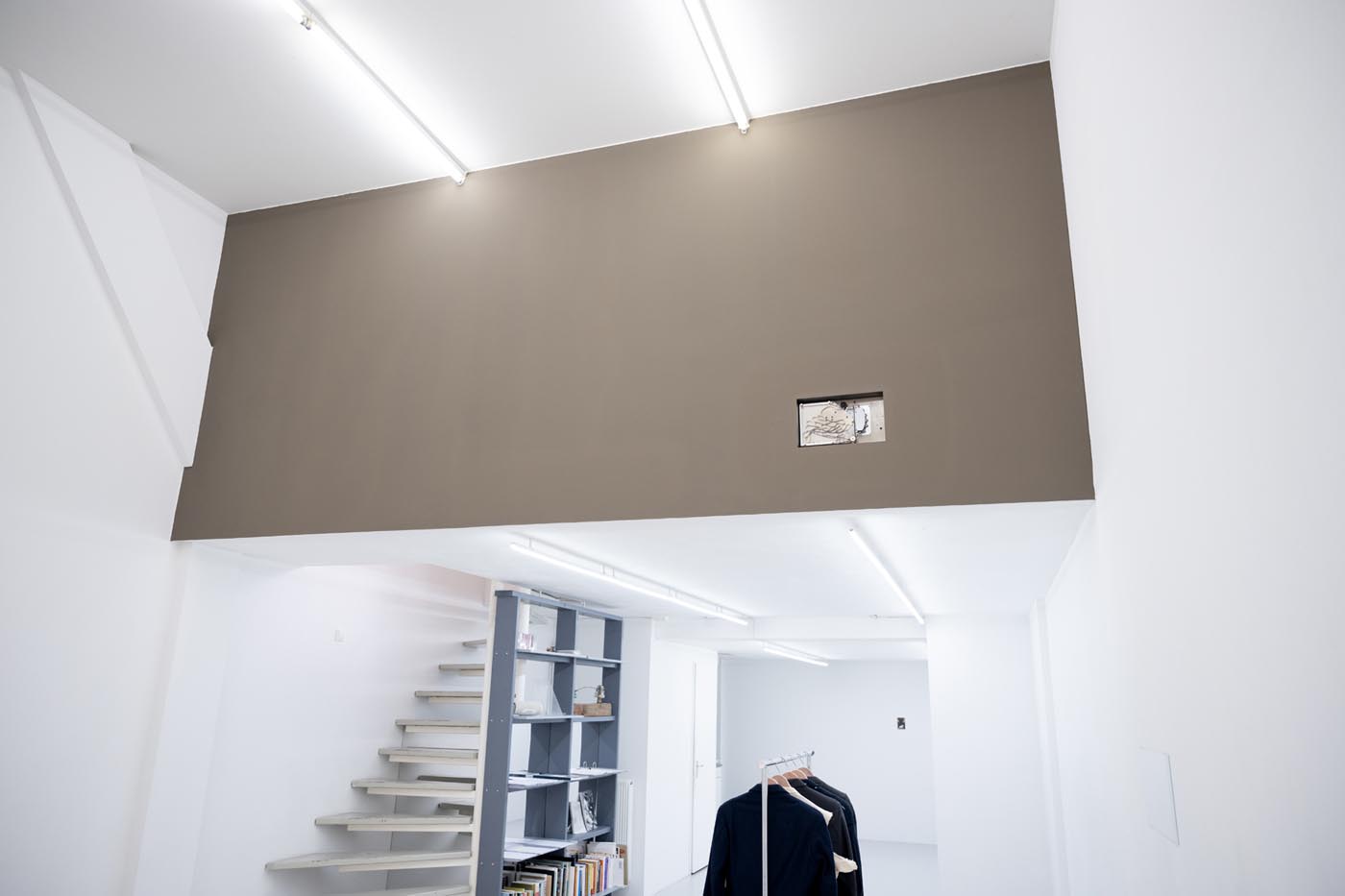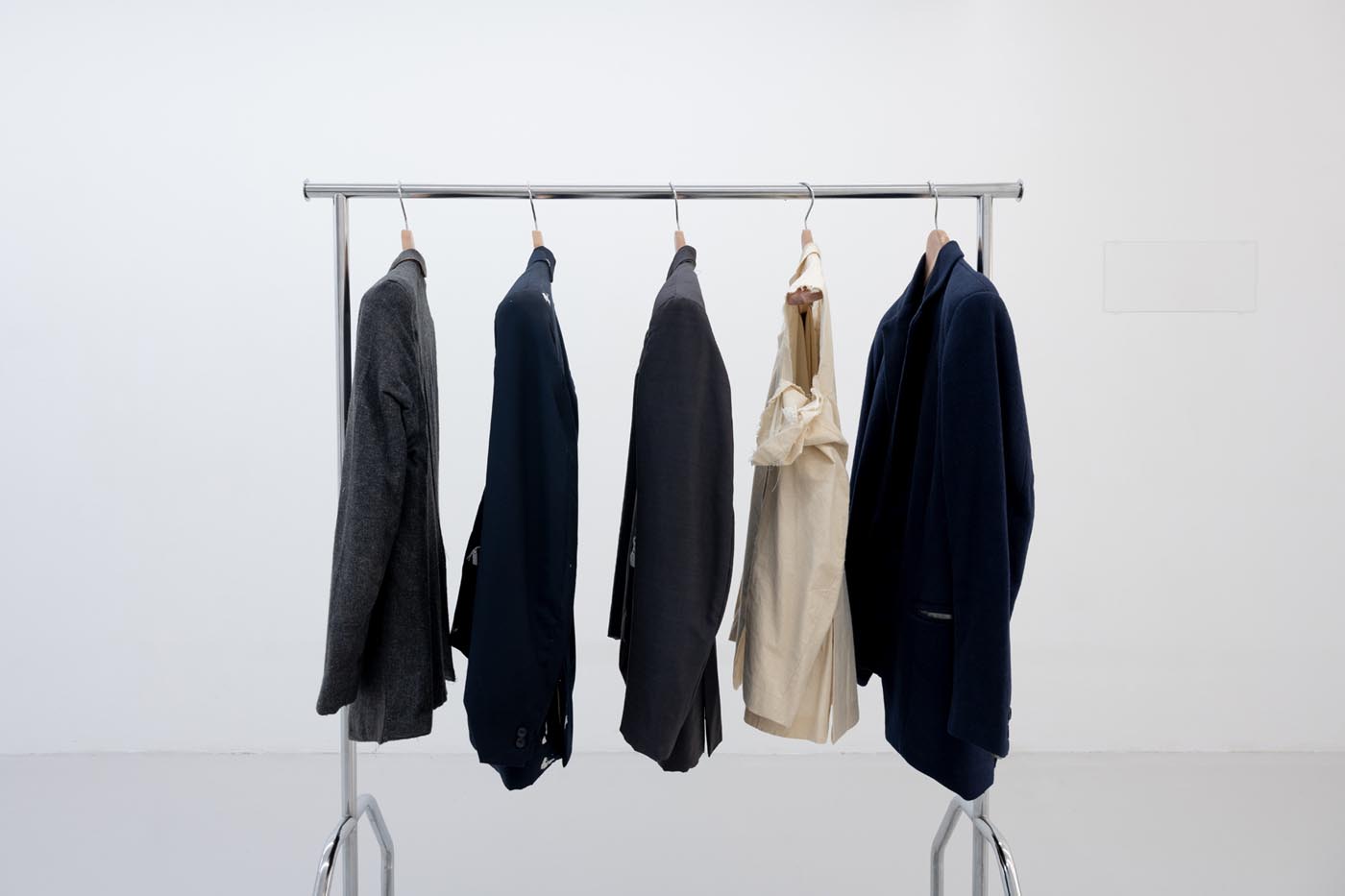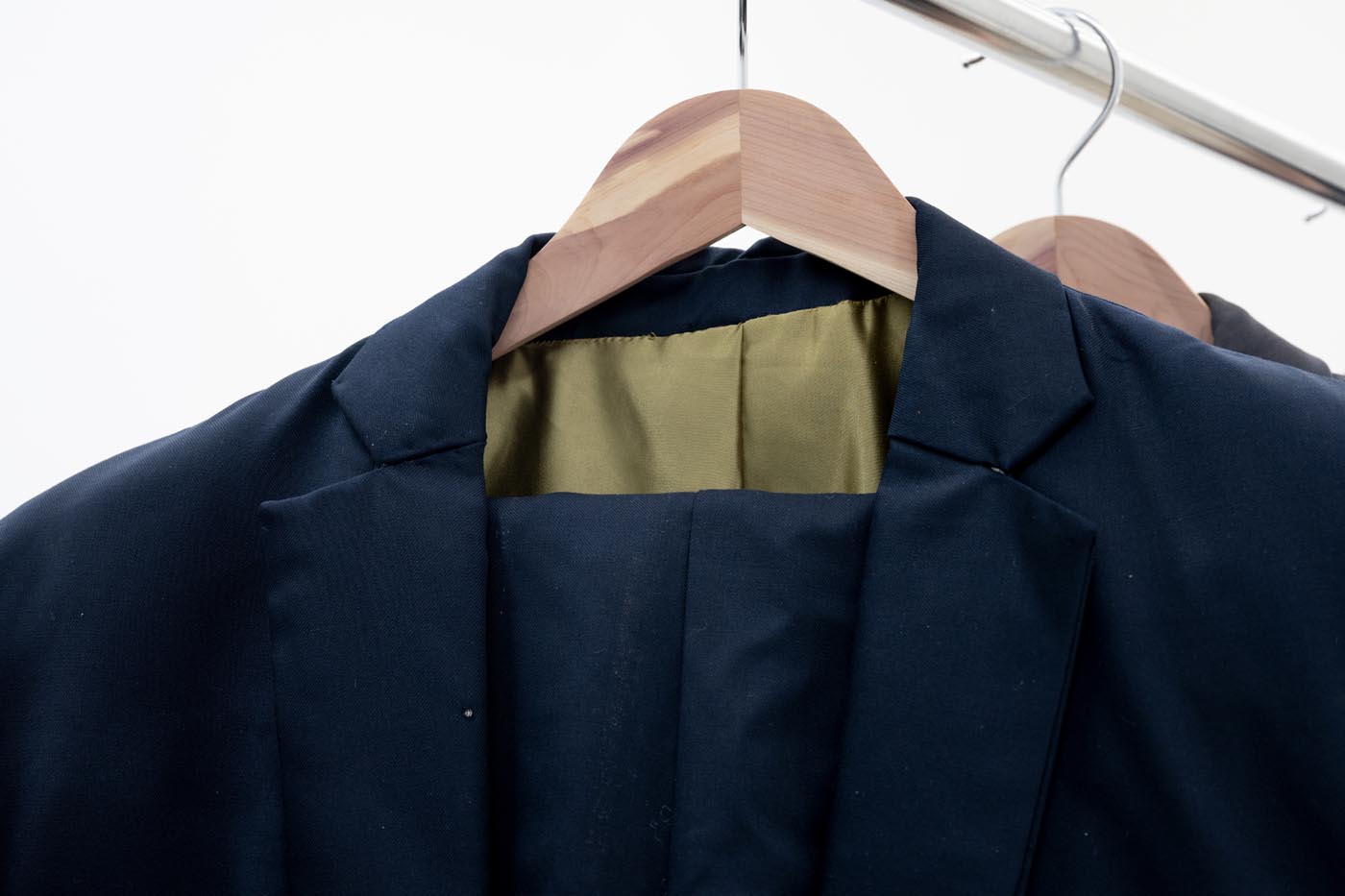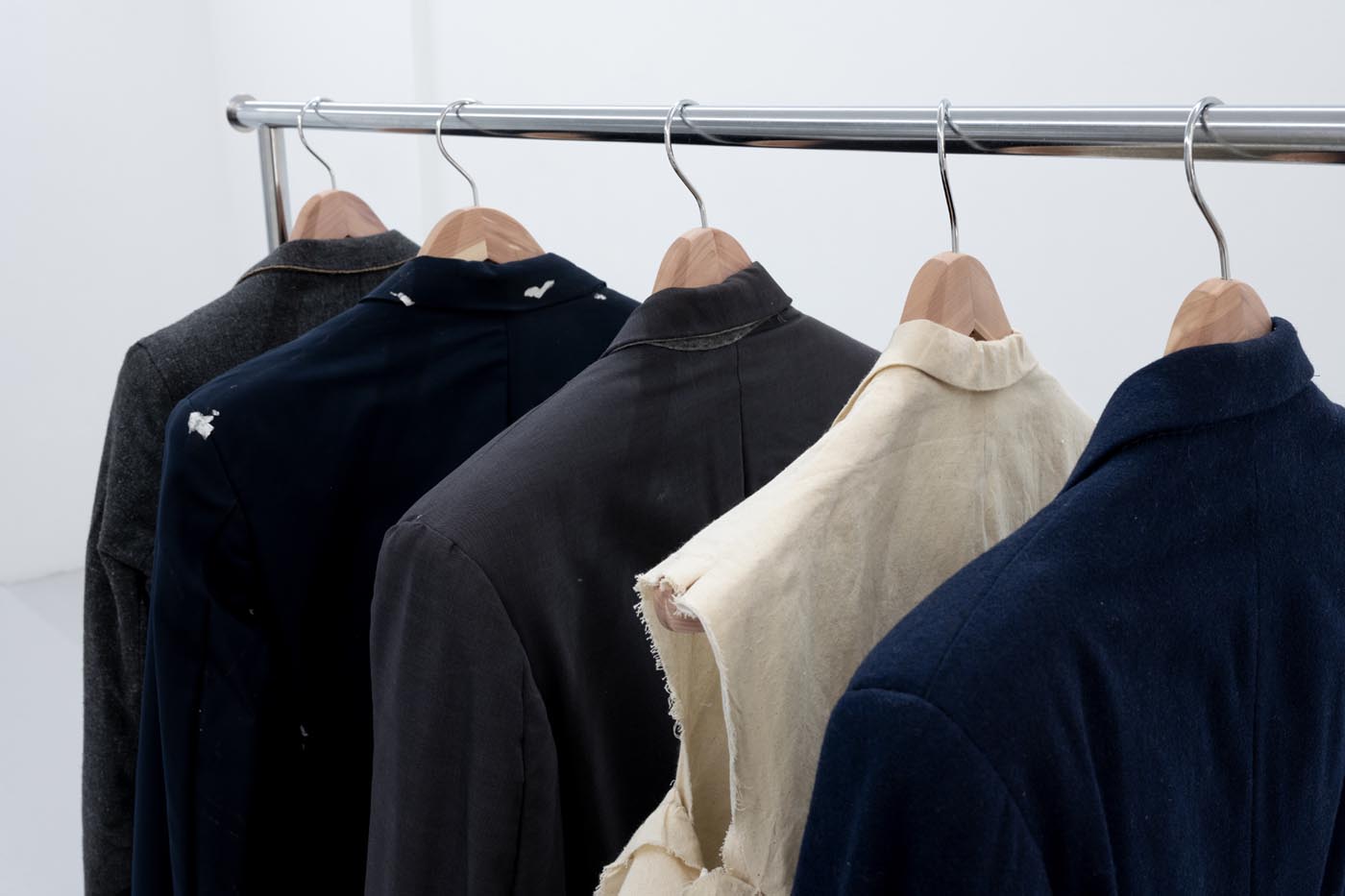As part of:
The Last Terminal, Volume III
Part 2: Errors
gerlach en koop exhibit works by Daniel Gustav Cramer, Alex Farrar and Laurent Montaron
11 May 2024—29 June 2024
Rib
Katendrechtse Lagedijk 490B
3082 GJ Rotterdam
curator: Maziar Afrassiabi
In Part 1: Beating Death With His Own Arm Rib began with re-staging a solo exhibition by the artist collective gerlach en koop titled Was machen Sie um zwei? Ich schlafe. (GAK, Gesellschaft für Aktuelle Kunst Bremen, Germany, 2020). In this exhibition at the edge of sleep the collective displayed works by other artists. Over the course of the coming year, this solo exhibition will be re-staged at Rib. One work, two, maybe three at a time. Not all works on view in Bremen will be on view in Rotterdam however and the very act of re-staging the ones that are, will influence their presence.
gerlach en koop started their re-staging by inviting artist Tomo Savić-Gecan to present Untitled 2020/2022/2024, a work perhaps best described as an object representing a functional wall. The wall is now leaving us. The wall’s departure is a necessary gesture preserving its status as a work of art and highlighting the importance of duration against time’s ability to absorb and conceal even the most authentic of objects into a given infrastructure. Savić-Gecan’s wall could only be experienced through a physical encounter. For decades Savić-Gecan consistently has avoided the visual documentation of his works all of which are titled Untitled.
Sleeping can neither be learnt nor mastered. Sleep is a fickle force that cannot be forced. Sleep is granted. All one can do is imitate a sleeping body as best one can. To re-stage the night before and the night before and the night before hoping that at some point posture and breathing will match and the copy will again be convincing enough to merge with the original … and that is when you fall.
Anticipating that the three-centimetre void in Rotterdam—reminiscent of the three-centimetre void in Bremen—would dissolve into thin air soon, we asked Daniel Gustav Cramer to send the object that isn’t a work of art when seen in broad daylight. Details are disappearing from Alex Farrar’s suit, a new addition to the exhibition. The silent abyss of Laurent Montaron’s Melancholia will be rebuilt to once again be the exhibition’s onrust. Emilio Prini’s confirmation to participate remains in suspension. These works together shape En om vier uur? Slapen. in Part 2: Errors.
Photography Lotte Stekelenburg
THE ‘SUITS’ BY ALEX FARRAR
In 2007—without any prior experience or technical advice—Alex Farrar made a suit from scratch to wear whenever representing himself as an artist. When it needed replacing he made a new one. After five ‘suits’ Farrar was able to make a suit that was indistinguishable from a professionally crafted one, and that concluded the project. This last suit is not on display, nor will it ever be. It is not an artwork. The artist keeps it the way one usually stores their best suit, in a garment bag, hanging in a wardrobe, but he will not wear it.
An exercise for insomniacs: imagine a room and then slowly strip it of everything inside. The objects, every little thing, the furniture, then continue with the windows, the doors, the skirting boards. Then remove all colour and the corners with their shadows until a completely white space remains. No details. No dimensions. A cloud-like nothing. Now your thoughts will have difficulty finding anything—a damp spot, a half-finished drill hole, a collapsed cobweb— to attach to and thus keep you from sleeping.
The first ‘suits’ were not only ill-fitting, they also showed all sorts of striking details, odd seams, unusual stitching … details that stood out. Ten years were used by the artist to gradually eliminate them. The ‘suits’ attracted less and less consternation in the public. If his suit is desire materialised, as Laura van Grinsven writes in her text about the work*, after the sixth one the desire became weightless. We imagine the artist standing in front of his wardrobe, staring at the garment bag.
*Laura van Grinsven, ‘Release me from this thing’, in: Alex Farrar, the ‘suits’ archived, with an inventory for ten years of performativity (Amsterdam: 7.45 Books, 2016).
MELANCHOLIA (REPLICA) BY LAURENT MONTARON
Endlessly undulating magnetic tape inside a machine from which the lid has been removed. It’s a Roland RE-201 or Space Echo, a machine that musicians use to add an artificial echo to their instruments. It was the first of its kind in the 1970s but is still popular today, despite digital alternatives. Two different kinds had been invented at the time; one artificially reproduced the acoustics of space to create reverberation, or ‘reverb’. The other artificially reproduced the acoustics of a canyon, an abyss, returning the sound as an echo. The Roland belongs to this last type, carrying in its interior an artificial canyon.
The properties of this canyon can be adjusted with all kinds of controls, which brought to mind the shallow abyss described by Polish poet Zbigniew Herbert—the one that follows him everywhere he goes, clingy like a dog, not deep enough to swallow a head, a body, legs or even feet. The one that has yet to mature, to grow up, to become serious.*
The echo effect was achieved by laying down a recorded sound on magnetic tape, which was then looped and read in succession by a series of juxtaposed tape heads. As the tape came back to the start of its loop, the sound was silenced by a final tape head that erased the recording.
The Roland RE-201 has no output as it is not connected to a loudspeaker—not that it would make any difference, because there is no input. We don’t hear anything. All we can do is look at it, mesmerised, hypnotised, sleeping.
*See the poem ‘The Abyss of Mr. Cogito’ in: Zbigniew Herbert, The Collected Poems: 1956–1998, trans. and ed. Alissa Vallies (New York: HarperCollins, 2008).
IN THE ABSENCE OF EMILIO PRINI
‘Confirm participation in the exhibition.’ A telegram sent to Kunstmuseum Luzern in 1970 as the artist’s contribution to the exhibition Visualisierte Denkprozesse [Visualised Thought Processes], probably his first use of a statement that Emilio Prini used again and again, always in slightly different formulations and iterations. Like the one typed on A4 paper—a standard—using an Olivetti 22 typewriter, one used as the cover for a book with Germano Celant (a book that was never made). All versions backed—and evidently so—by Prini’s presence in the world.
CONFERMA PARTECIPAZIONE ESPOSIZIONE. That has changed since 2016. His death has put the work in a state of suspension, it has become a kind of testimony. Omaggio a Emilio Prini [Homage to Emilio Prini].
Wait a minute. The window’s rattling. ‘Se è possible, non creo.’ If possible, I create nothing. Previous works have been repeated in Prini’s exhibitions, but never in the same way. These alterations were motivated by the new situation with which he found himself confronted. He introduced a certain limited number of ideas and works to the world that he constantly revisited, re-developed, re-framed or elaborated upon, keeping them in flux almost as if they were living material. At times he just revised
a date, changed a title, or isolated a detail of an image. He might photograph a work as a replacement for the real object, or make a copy (and throw away the original).* Describing Prini’s work in terms of material, technique and dimensions always requires a lot of question marks. Their main dimension is time.
*In Rotterdam gerlach en koop display just the glass that in Bremen protected the actual stamp print on cardboard from the Archivo Emilio Prini in Turin, Italy.
LXIII BY DANIEL GUSTAV CRAMER
This sphere is con- sidered a work of art when it is placed in complete darkness.











